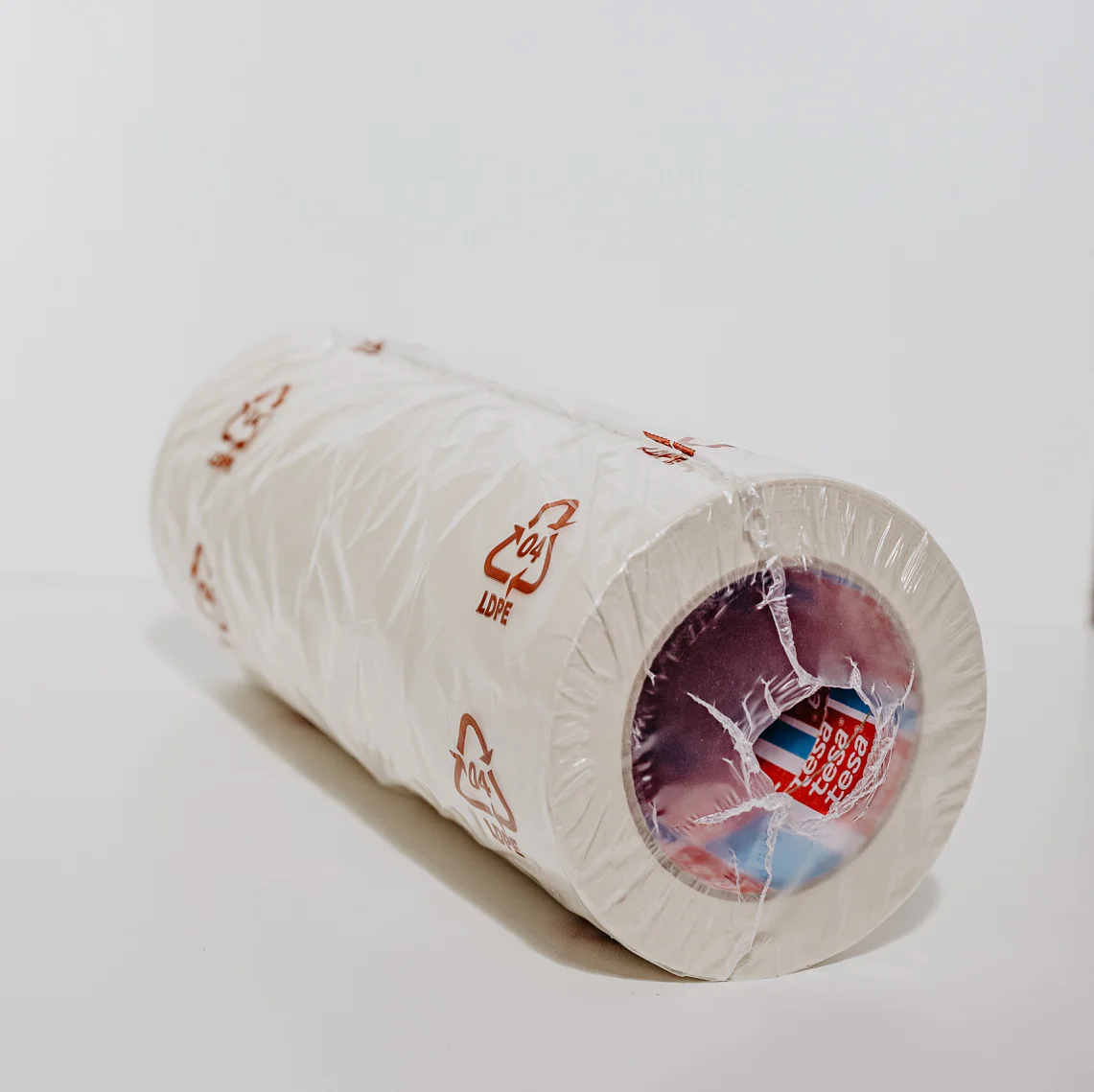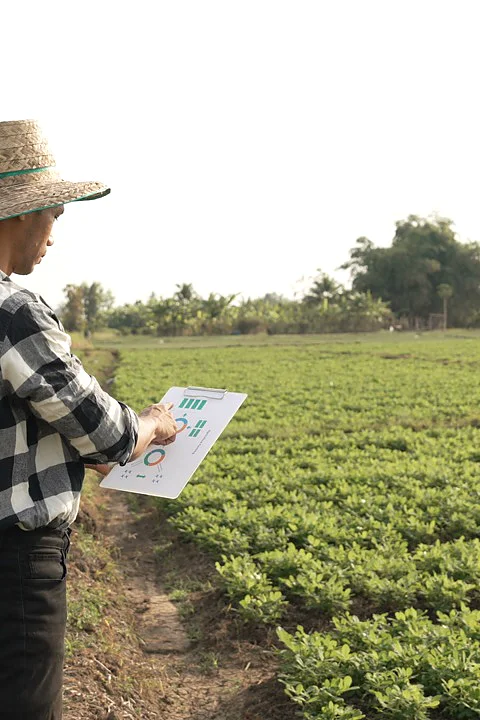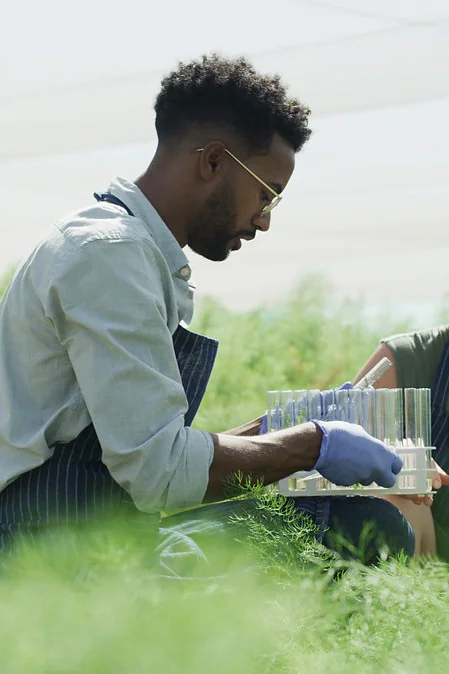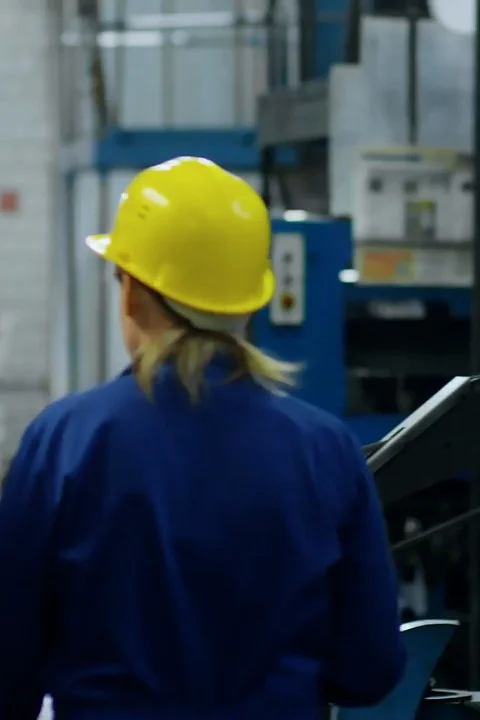What might have until recently been a PET plastic bottle is now environmentally friendly packaging that protects the well-known adhesive film as well as about 350 additional tesa consumer products. Millions of hobbyists and do-it-yourself enthusiasts won’t notice the difference. While plastic for the transparent wrappers was still produced using crude oil as a fossil-based energy source (PET standard) until the summer of 2022, fully recycled plastic has gradually been introduced, and the transition is now complete. The crystal-clear appearance has been preserved through the green innovation, and the protective wrappers are now even thinner. This reduces the material used by up to 20%. The sustainable blister covers – retaining their high quality – continue to make all adhesive solutions look smart on store shelves while protecting them from dirt and damage.
19 million 19 million blister covers are manufactured every year from recycled plastic at the tesa plant in Offenburg; they come in various sizes and shapes for around 350 different types of articles
Numerous experiments were needed to achieve a customized mixture of post-consumer recycling materials (PCR). After all, not all PCRs are alike. Different kinds of recycled plastic were tested using varying amounts of recycled material from consumer plastic waste and bottle flakes to make the resulting material as colorless as possible. The final result was a crystal-clear “green” product.
tesa is “Rethinking Material” to reduce the virgin plastics it uses in packaging – meaning non-recycled fossil-based plastics – by at least 50% by 2025. To manage this, quite a bit more straw will still have to be spun into environmental gold.






